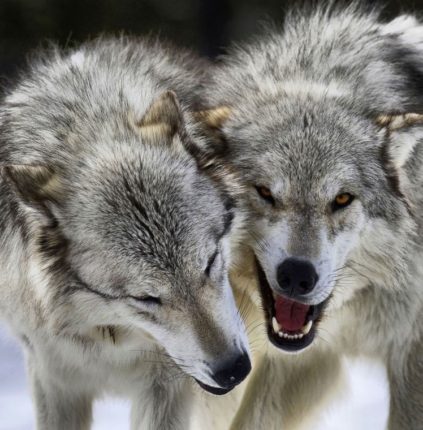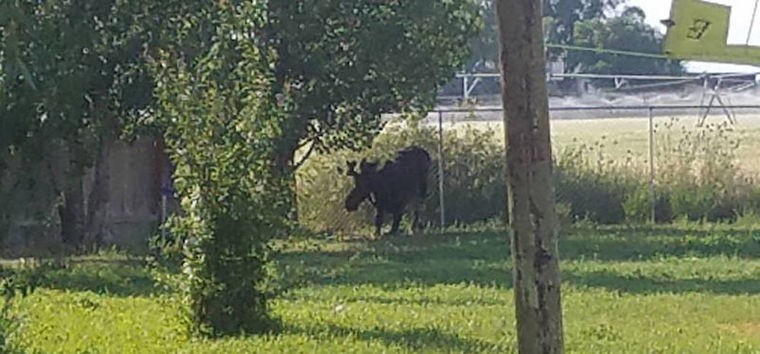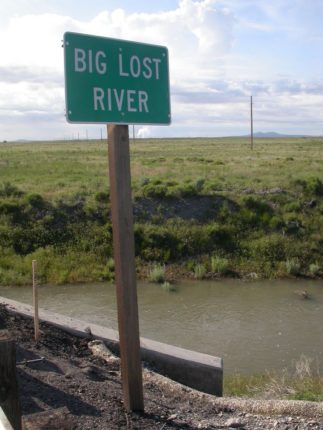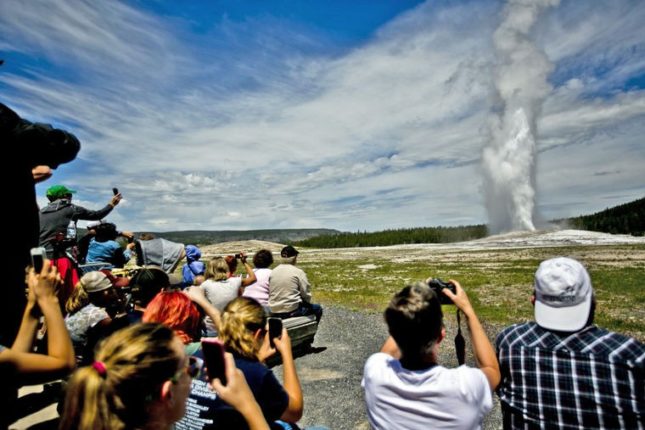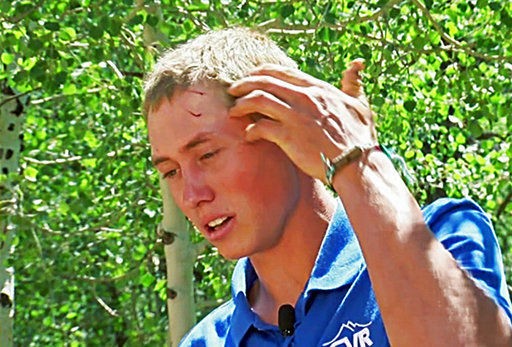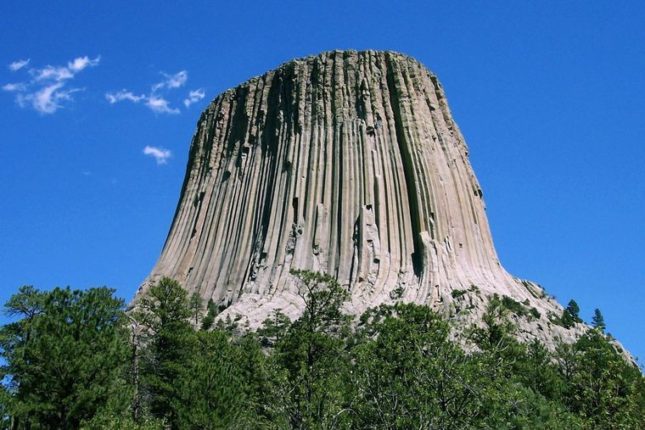KETCHUM, Idaho (AP) — The Idaho Fish and Game Commission is considering several changes to hunting rules, including allowing the use of bait to hunt wolves.
The department is proposing the rule change in response to requests from hunters who want to use bait for hunting wolves outside of the black bear seasons.
Under current rules, wolves can be killed by hunters when they are attracted to bait set out for black bears, where hunting seasons are open for both black bear and wolf. But big game rules do not allow use of bait specific to hunting wolves, the Idaho Mountain Express reported Friday.
The Department of Fish and Game is seeking public comment on the proposed changes until July 26.
If the rule goes into effect, Idaho would be the only state in the country to permit wolf baiting, according to the Tucson, Arizona-based activist group Center for Biological Diversity.
Andrea Santarsiere, a senior attorney with the Center for Biological Diversity, called the proposal “shameful and unethical.”
“Since wolves lost Endangered Species Act protection, Idaho has grown increasingly aggressive in how and where it permits their hunting and trapping,” Santarsiere said. “In the absence of federal oversight, Idaho is doing everything it can to decimate Idaho’s wolf population.”
The state’s estimated wolf population rose to a high of 856 in 2009, dropped to 684 by 2013, then rose again to 786 by the end of 2015, according to the Department of Fish and Game.
The state hasn’t produced an estimate since 2015.
Another proposed rule would restrict the use of trail cameras and similar unattended devices for hunting all big game. Also restricted would be the use of electronic two-way communication devices, such as cellphones and radios, as an aid to hunting.
Department of Fish and Game spokesman Mike Keckler said the commission will review the comments it receives on those and several other proposed rules during its meeting July 27 in Bonner’s Ferry. He said decisions may be made at that time.
